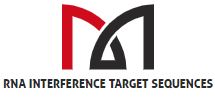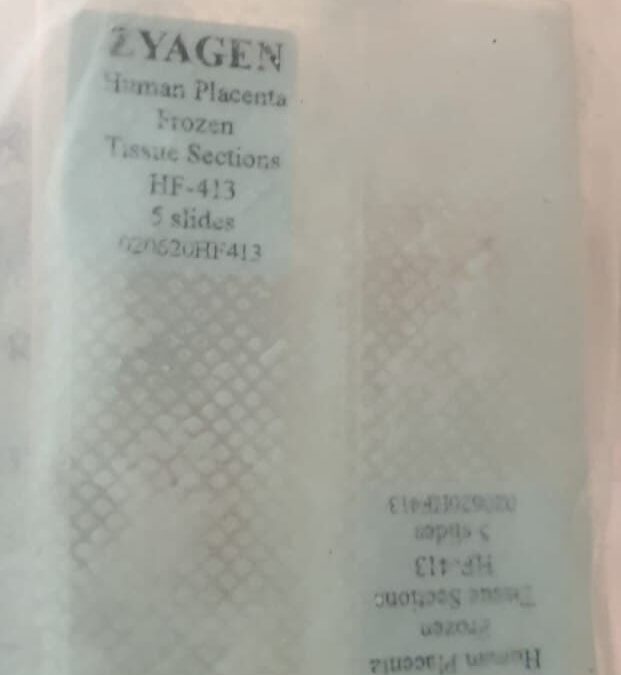MicroRNAs (miRNAs) are small noncoding RNA molecules that act as main regulators of gene expression at the post-transcriptional stage. As the potential purposes of miRNAs in the prognosis and remedy of human illnesses have turn out to be extra evident, many research of hypertrophic cardiomyopathy (HCM) have centered on the systemic identification and quantification of miRNAs in biofluids and myocardial tissues. HCM is a hereditary cardiomyopathy attributable to mutations in genes encoding proteins of the sarcomere. Several miRNAs have been proven to be promising biomarkers of HCM; nonetheless, there are various challenges to making sure the validity, consistency, and reproducibility of these biomarkers for scientific use.
In explicit, miRNA testing could also be restricted by pre-analytical and analytical caveats, making our interpretation of outcomes difficult. Such elements that will have an effect on miRNA testing embody pattern kind choice, hemolysis, platelet activation, and renal dysfunction. Therefore, researchers ought to be cautious when growing acceptable requirements for the design of miRNA profiling research in order to make sure that all outcomes supplied are each correct and dependable. Despite total enhancements in survival, development to coronary heart failure, stroke, and sudden cardiac dying stay outstanding options of dwelling with HCM.
In this assessment, we talk about the utility of miRNAs as biomarkers for HCM. MicroRNAs (miRNAs) are quick ~18-22 nucleotide, single-stranded, non-coding RNA molecules enjoying an important position in regulating various organic processes, and are continuously dysregulated throughout illness pathogenesis. Thus, focusing on miRNA may very well be a possible candidate for therapeutic invention. This systemic assessment goals to summarize our present understanding concerning the position of miRNAs related to Th2-mediated immune problems and methods for therapeutic drug improvement and present scientific trials.
MicroRNA-122 promotes apoptosis of keratinocytes in oral lichen planus via suppressing VDR expression
MicroRNA-122 (miR-122) is understood to be up-regulated by irritation to exert a range of organic capabilities in hepatocellular carcinoma (HCC)-derived human cell traces. Vitamin D receptor (VDR) is reported to control extreme oral keratinocytes apoptosis which compromises oral epithelial barrier in oral lichen planus (OLP). Although many research have steered that miR-122 is succesful of regulating cell apoptosis, its results on the improvement of OLP and VDR expression are nonetheless unclear. Herein, we exhibit that miR-122 expression is elevated in the epithelial layer of OLP. Mechanically, transcription issue nuclear factor-κB (NF-κB) selectively binds with κB component in the promoter of miR-122 to speed up gene transcription.
The up-regulation of miR-122 induces cell apoptosis in human oral keratinocytes (HOKs) by focusing on VDR mRNA. In VDR knockout oral keratinocytes, miR-122 fails to enhance caspase three exercise and cleaved caspase three and poly(ADP-ribose) polymerase (PARP) ranges. Moreover, VDR overexpression is ready to reverse lipopolysaccharide (LPS)- or activated CD4+ T cell-induced miR-122 up-regulation and ameliorate miR-122-stimulated caspase three exercise. Collectively, our outcomes counsel that miR-122 promotes oral keratinocytes apoptosis in OLP via lowering VDR expression.
Bladder most cancers (BC), a standard urologic most cancers, is the fifth most continuously recognized tumor worldwide. hsa‑miR‑34a shows antitumor exercise in a number of sorts of most cancers. However, the useful mechanisms underlying hsa‑miR‑34a in BC stays largely unknown. We noticed that hsa‑mir‑34a ranges had been considerably and negatively related to scientific illness stage as effectively as regional lymph node metastasis in human BC. In a collection of in vitro investigations, overexpression of hsa‑miR‑34a inhibited cell migration and invasion in BC cell traces 5637 and UMUC3 as detected by Transwell assays. We additional discovered that hsa‑miR‑34a inhibited cell migration and invasion by silencing matrix metalloproteinase‑2 (MMP‑2) expression and thus interrupting MMP‑2‑mediated cell motility.

[Expression and effect of microRNA-205 in human hypertrophic scar]
To examine the expression and impact of microRNA-205 (miR-205) in human hypertrophic scar. The experimental analysis technique was utilized. From October 2019 to January 2020, hypertrophic scar tissue from 6 sufferers with hypertrophic scar (1 male and 5 females, aged (36±7) years) and remaining regular pores and skin tissue from 6 trauma sufferers (2 males and four females, aged (38±9) years) after flap transplantation operation had been collected. The above-mentioned 12 sufferers had been admitted to the General Hospital of Northern Theater Command and met the inclusion standards. Real-time fluorescent quantitative reverse transcription polymerase chain response was used to detect the mRNA expressions of miR-205 and thrombospondin-1 (TSP-1).
The hypertrophic scar tissue was taken to tradition the third to fifth passage of fibroblasts (Fbs) for the follow-up experiments. Two batches of hypertrophic scar Fbs had been divided into TSP-1+ miR-205 management group, TSP-1+ miR-205 mimic group, and TSP-1 mutant+ miR-205 management group, TSP-1 mutant+ miR-205 mimic group, which had been transfected with the corresponding sequences.
[Linking template=”default” type=”products” search=”Anti-Human Kallikrein 15″ header=”3″ limit=”135″ start=”2″ showCatalogNumber=”true” showSize=”true” showSupplier=”true” showPrice=”true” showDescription=”true” showAdditionalInformation=”true” showImage=”true” showSchemaMarkup=”true” imageWidth=”” imageHeight=””]
At 48 h after transfection, the expressions of luciferase and renal luciferase had been detected by luciferase reporter gene detection equipment, and the luciferase/renal luciferase ratio was calculated to point the exercise of TSP-1. Two batches of hypertrophic scar Fbs had been collected and divided into miR-205 management group, miR-205 mimic group, and miR-205 inhibitor group and miR-205 management group, miR-205 mimic group, and miR-205 mimic+ TSP-1 group, respectively, which had been transfected with the corresponding sequences. At 0 (instantly), 12, 24, 36, and 48 h after transfection, the cell viability was detected by microplate reader.
Two batches of hypertrophic scar Fbs had been grouped and handled as described in the cell viability detecting experiment. At 24 h after transfection, Hoechst 33258 staining was carried out to watch the nuclear shrinkage, so as to mirror the apoptosis of Fbs. The quantity of samples in cell experiment was three. Data had been statistically analyzed with evaluation of variance for factorial design, one-way evaluation of variance, t take a look at, and chi-square take a look at.

